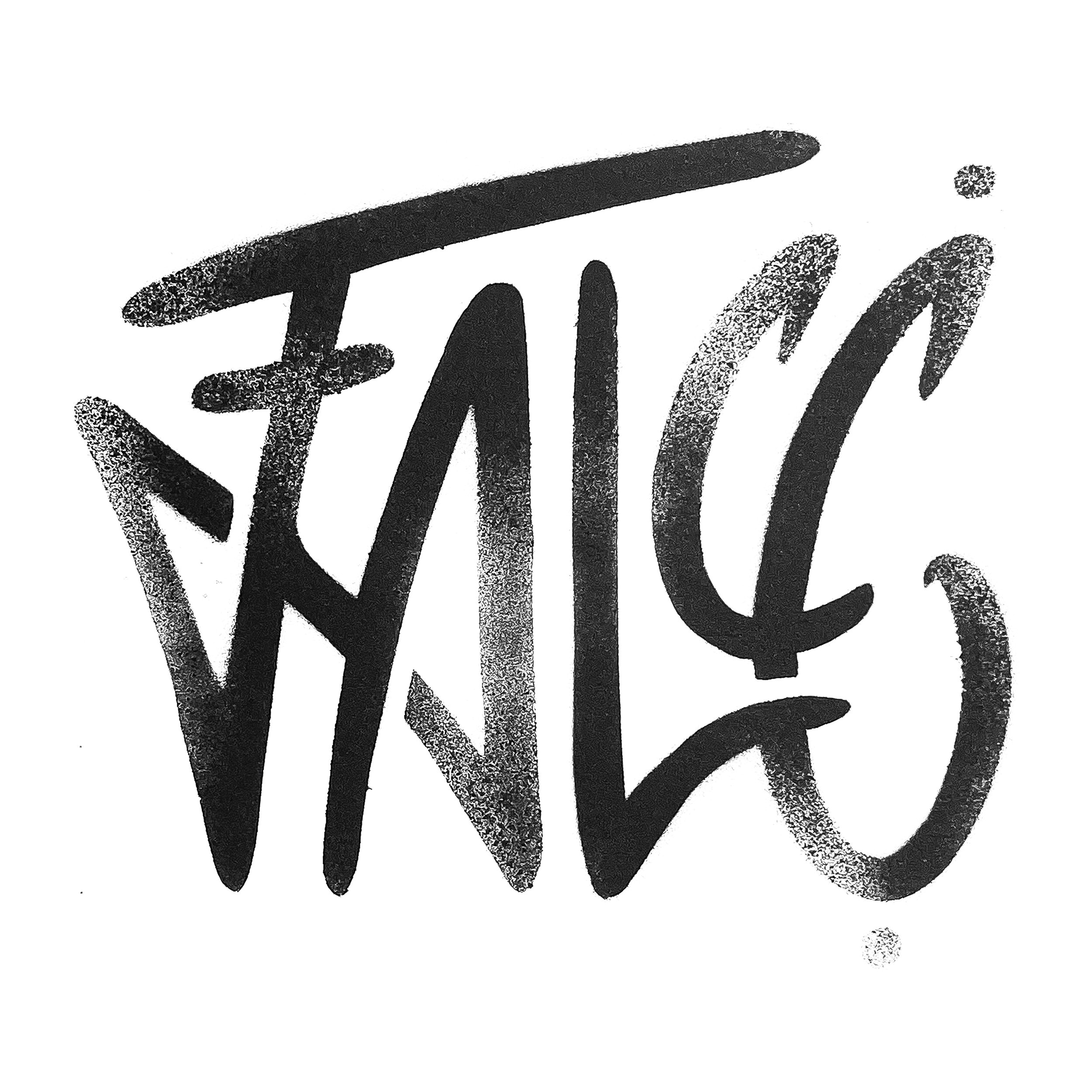Blablabla
...
Blablabla ...
🇫🇷 Falco est un artiste autodidacte, né en 1998 à Annecy et désormais basé à Paris. Engagé, il bouscule les codes et réactualise les chefs-d’œuvre de l’Histoire de l’Art en faisant de l’espace public un véritable terrain d’expression. Ses œuvres ont pour vocation de provoquer, d’interpeller et de dénoncer, tout en offrant, au premier regard, une perspective où se conjuguent ironie et espoir.Sensible à l’art conceptuel et au ready-made de Duchamp, Falco aime aussi jouer avec la définition de l’art : qu’est-ce que l’art ? Quelles sont ses limites ? Faut-il peindre comme Caravage pour être considéré comme un artiste ?Falco a laissé son empreinte sur des murs visibles dans différentes villes, notamment à Paris, New York, Londres, Lisbonne, Amsterdam, Berlin, Hambourg, Prague, Grenoble, Lyon …Histoire
Entre ses 15 et 18 ans, il commence à diffuser son pseudo FALCO par le biais d’autocollants ou de t-shirts personnalisés et finit par étudier l’histoire de l’art. Confronté quotidiennement à l’analyse d’œuvres d’art puissantes, conceptuelles et porteuses de sens, il ressent rapidement l’envie de lui aussi créer et de partager son travail mais autrement qu’à travers un écran. Pour répondre à ce besoin, il en vient à découper son premier pochoir, un outil qui, à l’origine, servait de solution pour matérialiser ses illustrations.C’est ainsi qu’il en vient à peindre son premier mur, ignorant que ce qu’il faisait était en réalité du «street art».Plus tard, ayant pour ambition de devenir graphiste, il intègre une école d’arts appliqués qu’il quitte trois semaines plus tard. Il comprend qu’il ne peut pas créer si quelqu’un tient le haut de son stylo et si on lui impose de s’exprimer avec des filtres. Prendre le chemin de la vie d’artiste a été son ticket d’entrée vers la liberté.Cinq ans plus tard, peindre dans la rue a évolué en un moyen de contextualiser ses œuvres. C’est l’aboutissement de l’idée, garantissant la cohérence entre ce qu’il souhaite exprimer, le lieu et le moment où il choisit de le faire.
🇬🇧 Falco is a self-taught artist, born in 1998 in Annecy and now based in Paris. Engaged, he challenges conventions and re updates the masterpieces of Art History, transforming public spaces into genuine grounds for expression. His works aim to provoke, challenge, and denounce, while offering, at first sight, a perspective where irony and hope intertwine.Sensitive to conceptual art and Duchamp’s ready-made, Falco also enjoys playing with the definition of art: What is art?What are its limits? Must one paint like Caravaggio to be considered an artist?Falco left his mark on walls visible in different cities, notably in Paris, New York, London, Amsterdam, Berlin, Hamburg, Lisbon, Prague, Grenoble, Lyon …StORY
Between the ages of 15 to 18, he first started to spread his nick, FALCO, through custom stickers or t-shirts and ended up studying art history. Daily confronted to analyze powerful, conceptual and meaningful artworks, he quickly feels the need to create and share his work otherwise than through a screen. In 2019, driven by this need, he came to cut out his first stencil— a tool that initially served as a solution to materialize his illustrations. It is thus that he painted his first wall ignoring that what he was doing was in fact “street art“.Later on, with the goal of becoming a graphic designer, he enters a fine art school that he left three weeks later. He understood he could not deal with the fact of having someone holding the top of his pen and express himself with filters. Taking the path of the artist’s life has been his entry ticket to liberty.Five years later, painting in the street evolved into a means of providing contextualization to his works. It became the final outcome of the idea, ensuring coherence between what he wishes to express, the location, and the moment in which he chose to share it.
